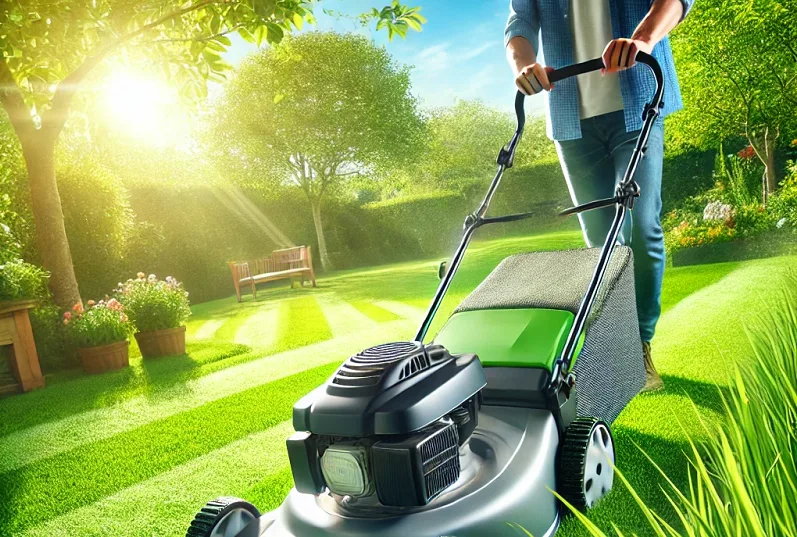A lush, green lawn is every homeowner’s dream, but achieving that perfect look takes consistent care and attention. One of the most important aspects of lawn maintenance is knowing when to cut your grass. Mowing at the right time ensures healthy growth, prevents weeds, and keeps your lawn looking its best. In this blog, we’ll discuss the ideal times to mow your lawn, how often you should do it, and tips for maintaining a thriving lawn.
Understanding Grass Growth Cycles
Before deciding when to mow, it’s essential to understand how grass grows. Grass has active and dormant growth periods, depending on the season and climate. In Australia, for example, grass growth peaks in spring and summer due to warmer temperatures and longer daylight hours. During autumn and winter, growth slows down as temperatures drop.
Knowing your grass type also plays a role. Cool-season grasses like fescue and ryegrass grow actively in cooler months, while warm-season grasses like buffalo, couch, and kikuyu thrive in summer. Understanding your grass’s growth cycle helps determine the best mowing schedule.
Ideal Mowing Frequency
The frequency of mowing depends on the season and grass type, but a general rule of thumb is to mow your lawn when the grass reaches about one-third taller than its recommended height. Here’s a season-by-season guide:
- Spring: Grass grows rapidly, so mow every 1–2 weeks.
- Summer: Frequent mowing, about once a week, helps maintain an even, healthy lawn.
- Autumn: Growth slows down, so mowing every 2–3 weeks is usually sufficient.
- Winter: Grass growth is minimal, so mow only when necessary — maybe once a month.
Best Time of Day to Mow
Timing your mow during the day is just as important as the season. The best times are:
- Mid-Morning (8–10 AM): Dew has dried, and temperatures are still cool enough to avoid heat stress.
- Late Afternoon (4–6 PM): The day’s heat subsides, and the lawn has time to recover overnight.
Avoid mowing during the hottest part of the day or early morning when grass is still wet from dew. Wet grass can lead to uneven cuts and increase the risk of lawn diseases.
Signs It’s Time to Mow
Aside from seasonal guidelines, your lawn will show signs when it’s ready for a trim:
- Grass Height: If the grass exceeds its optimal height, it’s time for a cut.
- Uneven Growth: Some areas grow faster than others, creating an uneven appearance.
- Seed Heads: Grass producing seed heads indicates stress and the need for a trim.
Tips for Healthy Mowing
To keep your lawn in top shape, follow these mowing best practices:
- Maintain Blade Sharpness: Dull mower blades tear grass instead of cutting cleanly, leading to brown, unhealthy tips.
- Follow the One-Third Rule: Never cut more than one-third of the grass height in one mow to avoid shocking the plant.
- Change Mowing Patterns: Vary your mowing direction each time to prevent soil compaction and grass leaning.
- Leave Grass Clippings: Mulching your clippings provides natural nutrients and helps retain soil moisture.
How Robot Lawn Mowers Simplify Lawn Care
Maintaining the perfect mowing schedule can be time-consuming, but a robot lawn mower like the MoeBot Acre Eater, MoeBot S20, or MoeBot S10 can do the work for you. These automatic mowers keep your lawn trimmed at the ideal height without the hassle, saving you time and effort. They’re especially handy for large lawns, steep slopes, and homeowners with busy schedules.
Conclusion
Knowing when to cut grass on your lawn is essential for maintaining a lush, healthy appearance. By understanding grass growth cycles, mowing frequency, and the best times of day to mow, you’ll keep your lawn thriving year-round. For those looking to simplify lawn care, a robot mower offers a smart, efficient solution. Whether you prefer manual mowing or a high-tech helper, a well-maintained lawn is always worth the effort.

